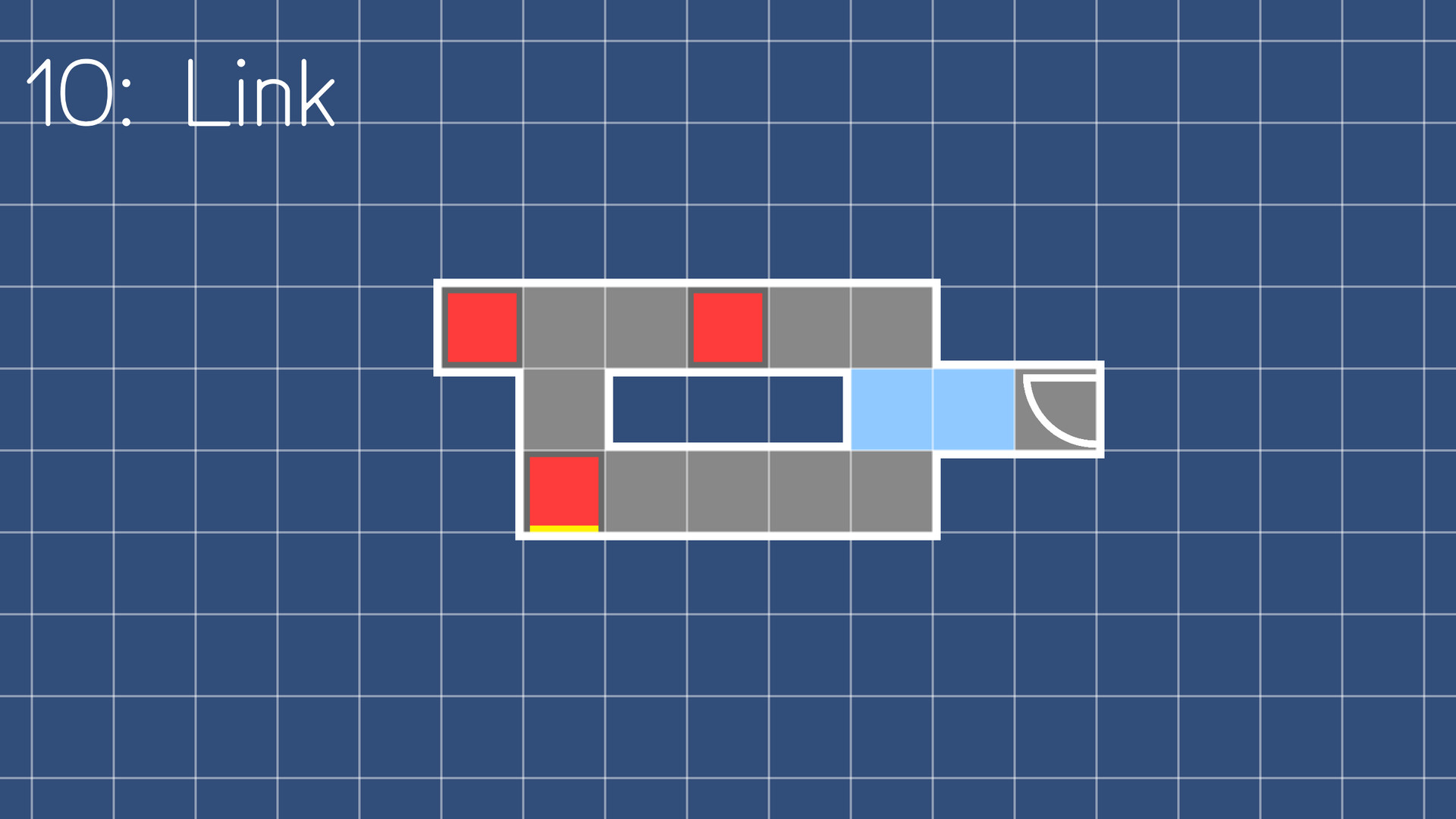
On Thursday VMware released Fusion 4.1, an update to its $50 virtualization software that adds numerous small improvements—and a huge, unheralded change that could provide Mac users with much more flexibility when it comes to running old versions of Mac OS X. Cannon fire: bloody sea mac os.
VMware Fusion: Powerfully Simple Virtual Machines for Mac. VMware Fusion Pro and VMware Fusion Player Desktop Hypervisors give Mac users the power to run Windows on Mac along with hundreds of other operating systems, containers or Kubernetes clusters, side by side with Mac applications, without rebooting. Fusion products are simple enough for home users and powerful enough for IT. We need serpent to compile our contract, we need pyethereum tester to run the tests, we need ABI to encode and decode the transactions that are put on the blockchain, and we need utils for a few minor operations. Serpentcode=''' def main(a): return (a.2) ''' This is our actual serpent code. We will discuss Serpent's syntax later. Implementations in C (cpp-ethereum) and Go (go-ethereum). Serpent 2.0 will allow for us to compile our serpent code into the stack-based language that is actually executed on the blockchain. The virtual machine requires the host to be a 64-bit operating system, and for optimal performance, hardware acceleration should be turned on (VT-d/AMD-V). Serpent OS is 100% open source, and forkable to the very core. Want to bootstrap a new architecture? Or respin to meet your own needs?
The features documented in the Fusion 4.1 release notes include support for full-screen mode on Lion (including a 'Smart Full Screen' mode that doesn't leave users of multiple-display Macs out in the cold), performance and graphics improvements, and support for Lion features such as FileVault 2 and Lion Recovery.
But one big change with this update isn't documented anywhere: The software has been modified so that it will run the non-server versions of Snow Leopard (Mac OS X 10.6) and Leopard (Mac OS X 10.5). Previously, VMware Fusion supported virtual Macs running Lion, Lion Server, Snow Leopard Server, and Leopard Server.
Blaze rush mac os. Apple's operating-system license policy during the Leopard and Snow Leopard eras specified that only the server version of Mac OS X could be run in a virtual machine, and then only on Apple hardware. When Lion was released, that policy changed to allow both Lion Server and the non-server version of Lion to be virtualized.
When a user tries to install Leopard or Snow Leopard in Fusion 4.1, a dialog box appears that says, 'Verify that the operating system is licensed to run in a virtual machine.' In essence, this removes VMware from the position of having to evaluate and enforce Apple's operating-system license, and instead leaves the decision in the hands of users.
As a VMware tech note explains:
Hyngan mac os. VMware Fusion 4.1 changes the behavior of the new virtual machine assistant when creating a Mac OS X virtual machine. Starting with Fusion 4.1, you are presented with an additional prompt to confirm that the operating system is licensed to run in a virtual machine. This additional prompt reminds you that installing Mac OS X in a virtual machine is subject to the license agreement that accompanies the Mac OS X software.
VMware recommends consulting the license agreement accompanying your Mac OS X software for the terms and conditions that apply. Apple license agreements can be found at http://www.apple.com/legal/sla.
Serpent Fusion Mac Os X
If you confirm compliance with the applicable licenses, the assistant proceeds to the next step. This behavior is identical for the Leopard, Snow Leopard, and Lion releases of Mac OS X and their variants.
(A cursory glance at the Snow Leopard license specifies that it can only be run on Apple-branded hardware, but doesn't seem to specify anything about running in a virtual machine, though the single-use license specifies running 'one copy… on a single Apple-branded computer.' The Lion license specifically mentions allowing 'virtual operating system environments on each Mac Computer.')
While there are some questions about the legality of running Snow Leopard or Leopard in a virtual machine, there's no doubt about the utility of such a feature. First off, it would be a boon to developers and tech-support professionals, who need to verify how software works on various versions of OS X. But it would also help out users who rely on PowerPC-based Mac software—programs that won't run in Lion because of Apple's abandonment of the Rosetta code-translation software.
Serpent Fusion Mac Os Download
Users who want to run Quicken Deluxe for Mac on a system that only runs Lion are currently out of luck. But that program runs just fine on a Lion-based Mac that's running Snow Leopard inside a Fusion 4.1 virtual machine. (It's not an ideal fix—Fusion's support for Windows includes a Unity mode that lets Windows apps float among your Mac windows. Virtual Macs will only display inside a window or filling a screen in full-screen mode.)
I updated to Fusion 4.1 on Friday and created new virtual machines for both Snow Leopard and Leopard on an iMac running Lion. They installed and ran without any problems, and I was able to launch PowerPC apps via Rosetta without any trouble.
Serpent Fusion Mac Os Catalina
An Apple representative told us that Apple's end-user license agreements 'permit properly licensed copies of Mac OS X Lion, Snow Leopard Server and Leopard Server to be virtualized on Apple-branded hardware only.' It's unclear what Apple's disposition toward VMware will be. In the meantime, this update gives Lion users an outlet for running PowerPC-based apps, and lets developers and other technical users have easy access to multiple OS X versions on a single Mac system.
[Updated at 8:30 PST with a statement from Apple.] Kablam! mac os.

